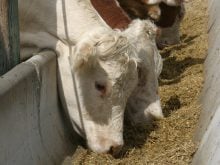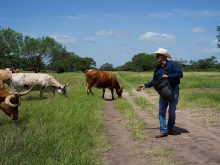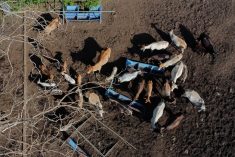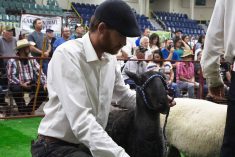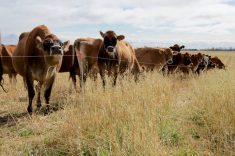SASKATOON — Liver abscesses negatively affect profitability at the individual animal level, but an Alberta veterinarian says there can be a surprisingly positive correlation at the population level.
Dr. Eric Behlke of Feedlot Health Management Services in Okotoks, Alta., said a 2014 study of 837,405 head slaughtered in Alberta found that two percent of the cattle had severe liver abscesses, three percent had minor abscesses and 95 percent were clear.
He then examined other factors using data from 135,211 of those animals from five of his clients and found that 94,000 had clear livers, 30,000 had minor abscess and 11,000 had severe abscesses.
Read Also
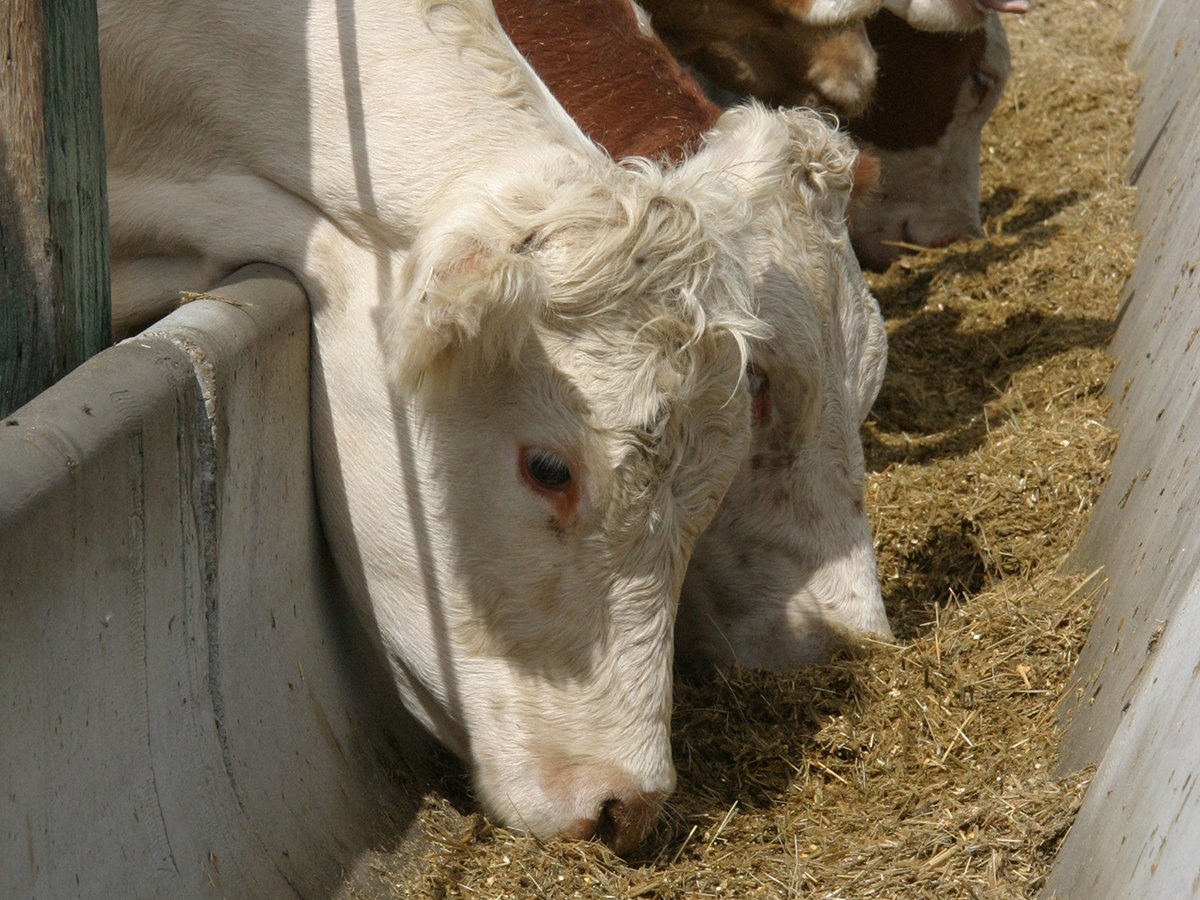
Alberta cattle loan guarantee program gets 50 per cent increase
Alberta government comes to aid of beef industry with 50 per cent increase to loan guarantee program to help producers.
Behlke said average daily gain, carcass weights and rib eye areas all decreased in those with severe abscesses, which corresponds with previous studies.
However, there was no statistical difference between the clear and severe livers in those that graded AAA. As well, there were actually fewer dark cutters in the cattle with severe abscesses.
“Also perplexing is the shift in yield grade,” Behlke told the Sask-atchewan Beef Industry Conference. “The cattle were fatter when they had severe liver abscesses.”
As well, he found that cattle placed in January, February and March had less risk of developing abscesses, likely because they were heavier going into the feedlot and spent less time on feed.
“Two hundred fifteen days on feed seemed to be the cutoff,” Behlke said. Interim average daily gains, hide colour and treatment for bovine respiratory disease were not associated with liver abscesses.
Liver abscesses are caused by acidosis, which has prompted re-searchers to look at dietary roughage, bunk management and in-feed antimicrobials.
Decreasing roughage intake can significantly increase liver abscess rates, but Behlke said studies show that even producers who feed as much as 30 percent roughage still have animals with abscesses.
Increasing roughage costs feedlots money and affects profitability because feed conversion is poorer.
A one percent change in feed efficiency can cost $5 per head.
Behlke said a study found that increasing roughage from two percent to 14 percent resulted in a seven percent difference in efficiency, or $35 per head.
“We need to keep that in mind,” Behlke said. “Balance that with the liver abscess rate.”
Severe abscesses have also been estimated to cost $35 to $40 per head, but he said the data from his five clients showed that happens in 8.25 percent of the animals. Taken across the population, the cost is $2.88 to $3.30 per head, he added.
“I don’t want you to think we should accept the liver abscesses,” Behlke said. “What I am saying is, you need to know what normal abscessation rates are … keep all the numbers in mind.
He said the recent evidence that methane emissions have dropped 15 percent in the last 30 years is influenced in part by feeding more grain than forage.
“We can easily minimize liver abscessation rates by feeding cattle 30, 40, 50 percent roughage, but what happens to profitability and what happens to methane emissions?”




